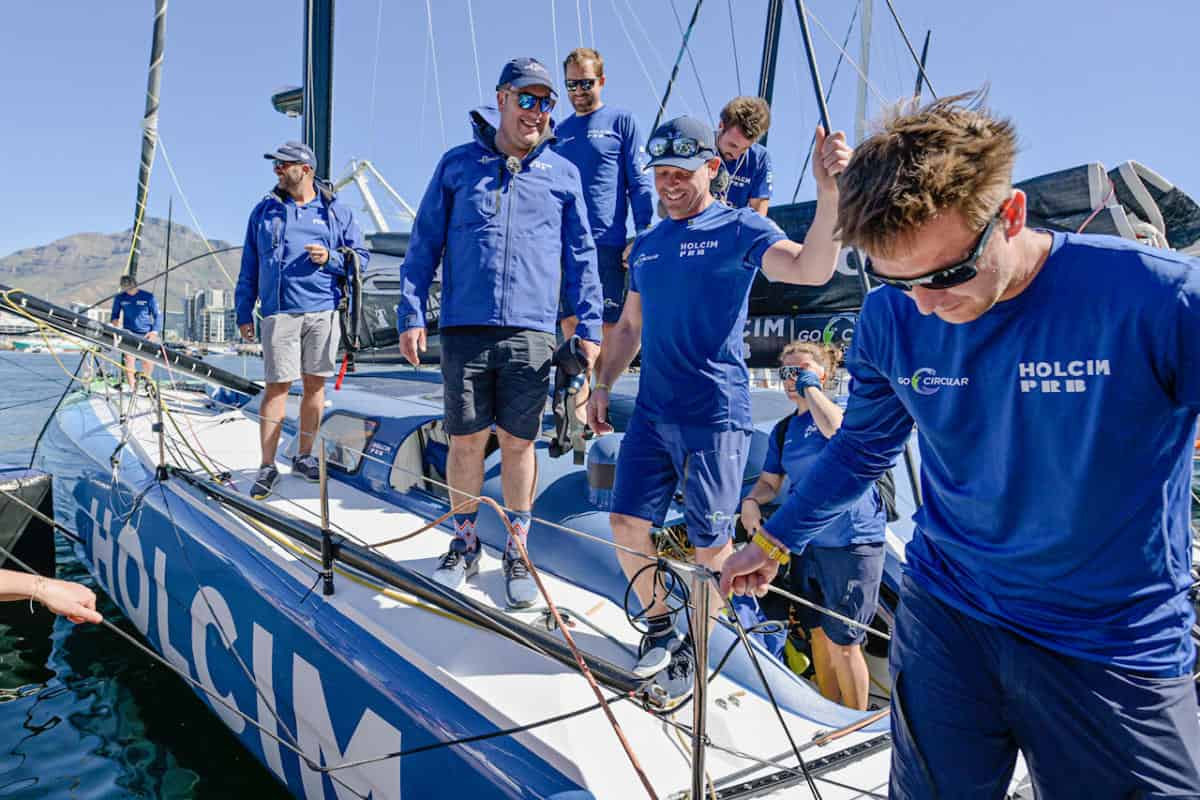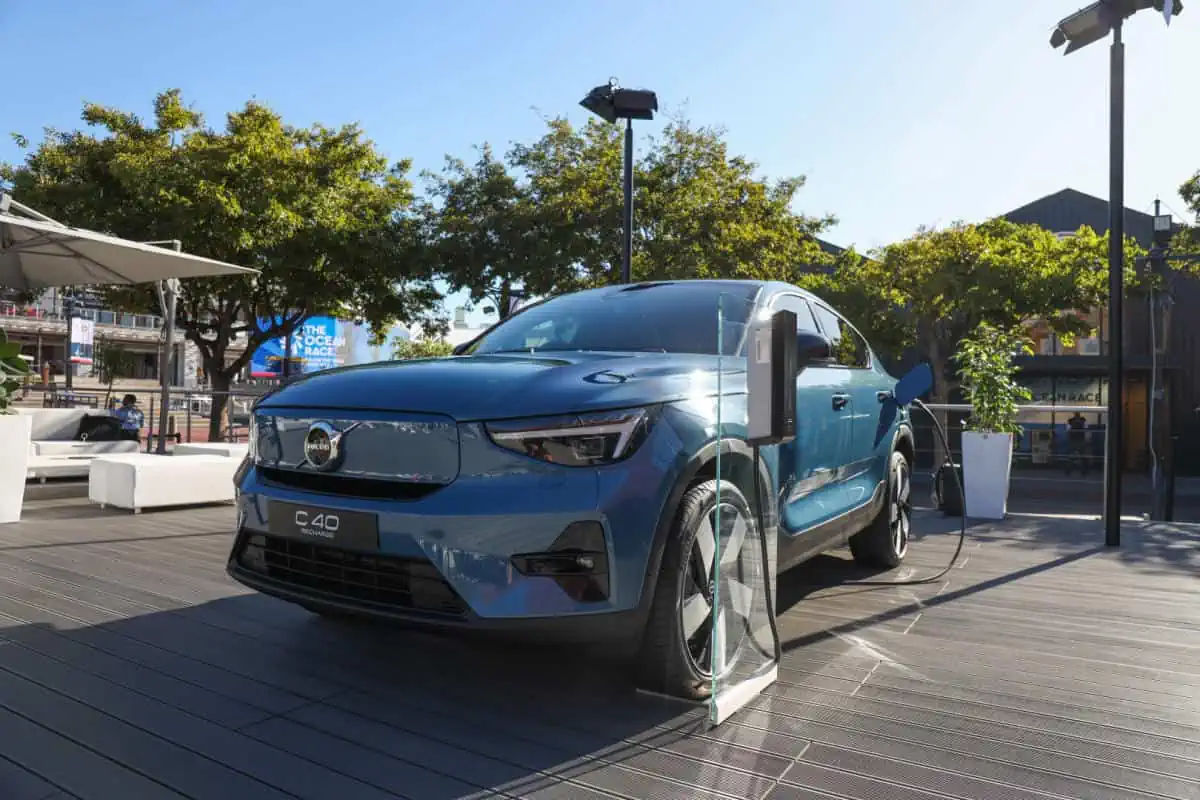Widely recognised as sailing’s greatest and most gruelling round-the-world challenge, The Ocean Race visits nine iconic international cities over a six-month period. Leg 2 of the race saw the crews battle the elements for 4 600 nautical miles from Cabo Verde to Cape Town, ending up at the picturesque Victoria and Albert (V&A) Waterfront.
Volvo’s involvement with the prestigious sailing race stretches back to the late 1990s, with the Swedish luxury automaker today serving as a top-level partner with a special focus on sustainability. It’s especially fitting, then, that South Africans can grab their first glimpse of the new C40 Recharge – the first Volvo model in history designed as pure electric only – at the stopover event, with the highly anticipated vehicle on display at the company’s dedicated in-port stand.
Greg Maruszewski, Managing Director at Volvo Car South Africa, says the stopover event represents the ideal opportunity to show off the new C40 Recharge.
“The organisers of The Ocean Race pride themselves on operating sustainably, advocating for the ocean’s rights to be recognised. This approach aligns with Volvo’s broader sustainability ambitions, including our aim to become a completely climate-neutral business by 2040. The new C40 Recharge is an important part of that process as well as the latest manifestation of our commitment to zero tailpipe emissions,” said Maruszewski.
The battery-powered C40 Recharge is on display alongside the XC40 Recharge for the duration of the stopover event, which runs until the start of Leg 3 on 26 February 2023. Covering a whopping 12 750 nautical miles, the double-points third leg is the longest in The Ocean Race’s history and sees competitors journey from Cape Town to Itajaí in Brazil.
Five International Monohull Open Class Association (IMOCA) teams are competing for The Ocean Race Trophy, with each highly complex, custom-built boat chasing record speeds. Using specialist equipment, the innovative vessels are also constantly gathering data, which will help scientists better understand – and ultimately protect – the remotest parts of the ocean.


Content and images supplied via MotorPress
